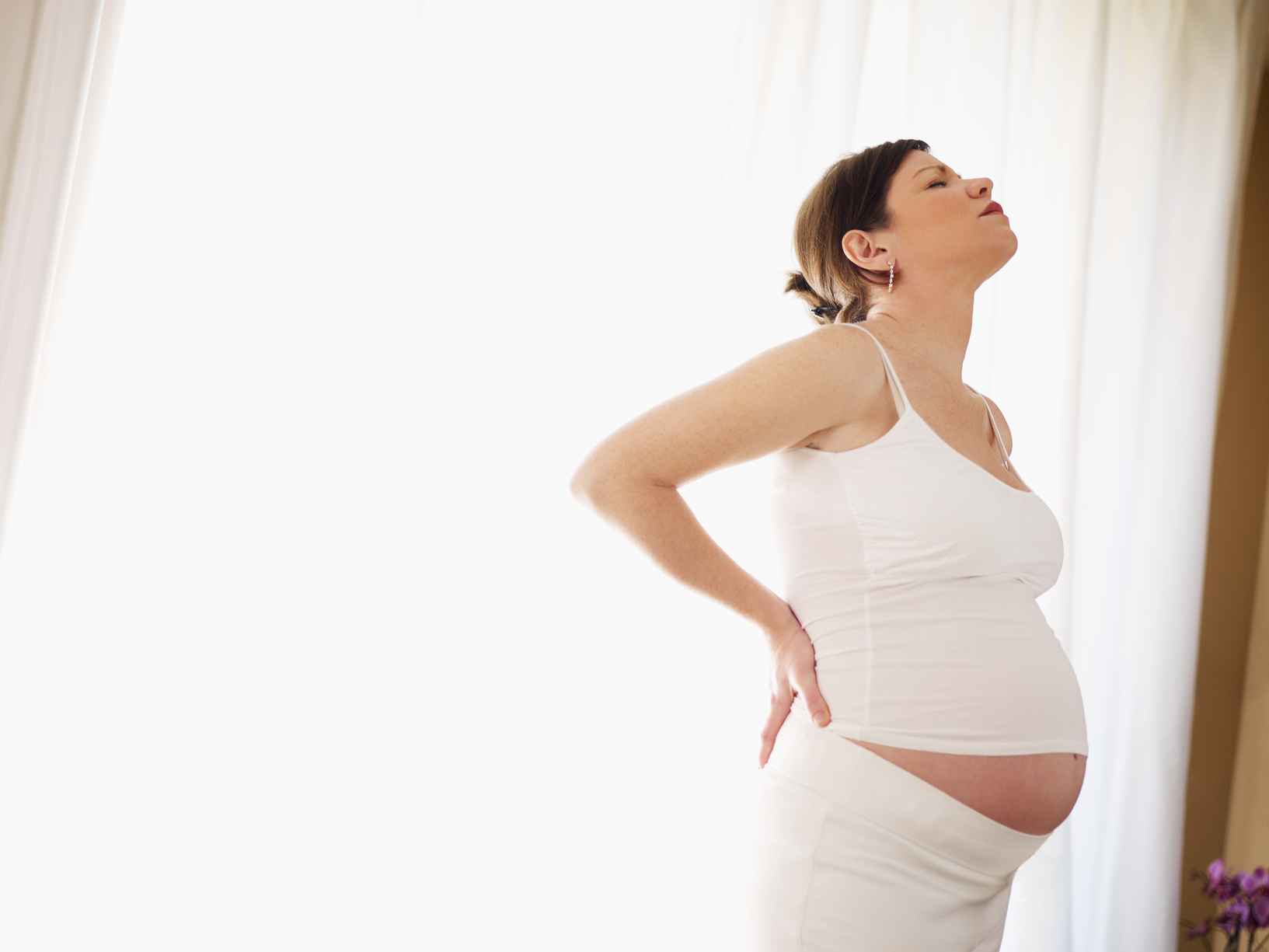
It is not always possible to avoid an assisted delivery, but it’s a good idea if you and your partner fully understand the options available to you. You will be less likely to require an assisted delivery if you have a very supportive birth partner (especially a doula, who will have lots of experience of helping women to cope with contractions and use breathing, relaxation, and active birthing positions to help labour along). This, in turn, can also reduce the need for epidural pain relief – women are more likely to need an assisted delivery after an epidural. That being said an epidural may also be necessary because the labour is more difficult and painful, so needs more assistance. It’s not a purely causal relationship and it is possible to allow the epidural to wear off a bit during the pushing stage to enable you to respond to the desire to push.
An episiotomy is a small asymmetric surgical cut into the perineum (between the vagina and the anus) to allow the baby more space to come out. The skin of the perineum usually stretches well, but it may tear. An episiotomy can sometimes speed up delivery if a baby or labouring woman is in distress, or but it is also sometimes used to prevent a perineal tear, which can occur a baby needs extra space because, for example, the head and shoulders are presenting at the same time. You may need an episiotomy if you are having a forceps or ventouse delivery.
and the placenta is delivered an episiotomy will need to be stitched. The repair may be done in the delivery room or you may be taken to the operating theatre. If you need more local anaesthetic ask your midwife or obstetrician. Recovery from an episiotomy is longer than small stage one tears but quicker than more serious stage two or three tears.
Sometimes an episiotomy is necessary, but you can reduce your chances of needing one by doing pelvic floor exercises in pregnancy, giving birth in a pool or on all fours and breathing or panting baby out rather than pushing can help you avoid serious tears or episiotomies.
You can also help prepare the perineal area to stretch in the run-up to the birth. Give yourself perineal massages: using a safe carrier oil, gently insert your thumb into your vagina and stretch the back wall of your vagina around the perineum.
Forceps look a little like two metal salad spoons. They are inserted into the vagina, one at a time either side of the baby’s head, then connected. Your obstetrician will then use the forceps to gently turn and pull the baby at the same time as you push during a contraction.
As your baby’s head is about to crown, they will perform an episiotomy.
Forceps delivery is more effective than a ventouse delivery, see below, but there is a greater risk of damage to your vaginal area and your baby may have bruises on his head.
Either an obstetrician or a midwife with special training will apply a special suction cup, or ventouse, to your baby’s head. The vacuum created helps to pull out the baby during a contraction.
The cup can cause swelling and bruising to your baby’s head (called a cephalhaematoma) or damage to your baby’s retina. Ventouse is usually only attempted during three contractions. If it is unsuccessful, the suction cup will be removed. You don’t always need an episiotomy for a ventouse delivery.
If these methods of assisted delivery haven’t worked, your baby may need to be delivered by emergency caesarean section. If there is a time you will be given a spinal block or epidural (if you already have one, it can be topped up). In some emergency situations, you may be given a general anaesthetic as it is faster acting, allowing your baby to be delivered very quickly.
After your baby is born, you can still ask to have skin-to-skin contact with your baby, and for the cord clamping to be delayed provided your baby doesn’t need medical treatment straight away. Skin to skin contact is really important following a difficult birth as it will help both you and your baby (who will also be affected by the birth) calm down and begin to recover as you provide comfort to each other. Your partner needs to know that this is still part of your preferred birth plan – since the assisted delivery may be unexpected and your birth partner may have to explain your preferences to the team in the operating theatre and be quite an insistent advocate for your wishes. It is also worth noting that a catheter (a tube that drains urine from your bladder) might be needed for 24 hours after either a ventouse or a forceps delivery.